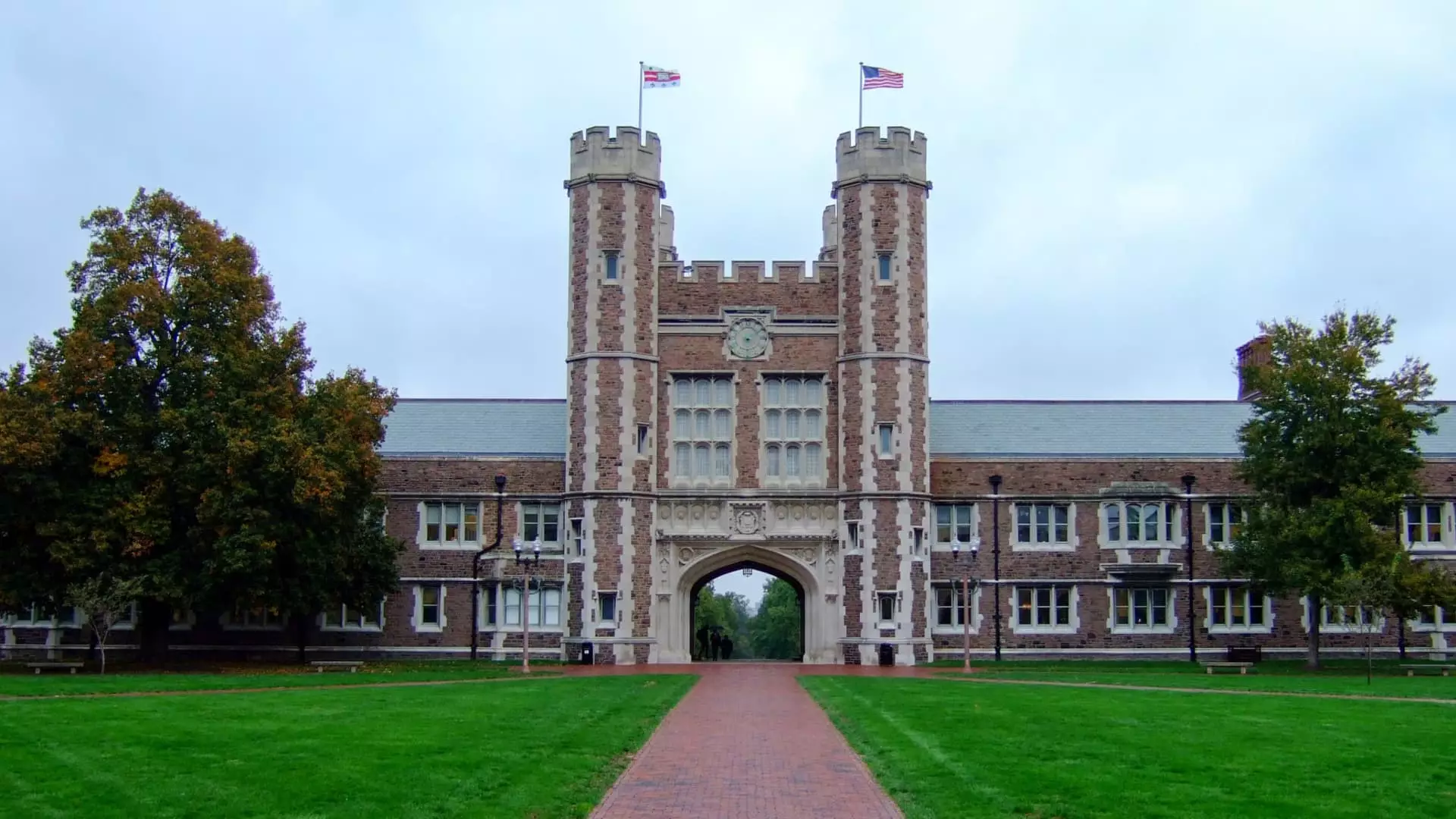The cost of attending college has been on a steady incline, with some top schools now charging nearly six figures a year for tuition, fees, room and board, and other expenses. According to data provided to CNBC, eight institutions have set their costs for the 2024-25 academic year at over $90,000 per year. With tuition adjustments averaging around 4% annually, it is projected that some schools could break the $100,000 threshold by 2026.
Despite the astronomical sticker prices, it is important to note that many families do not end up paying the full cost of attendance. According to Robert Franek, editor-in-chief of The Princeton Review, about two-thirds of all full-time students receive financial aid, which significantly reduces the out-of-pocket expenses. For example, at Washington University in St. Louis, the average scholarship award is over $65,000 per year, making the total cost much more manageable at around $26,000.
Private schools tend to have more resources to allocate towards financial aid, making them some of the most affordable options for students. The Princeton Review even ranks colleges based on the amount of financial aid awarded and student satisfaction with their aid packages. In the 2022-23 academic year, the average amount families spent on education costs was $28,026, with scholarships and grants covering a significant portion of the expenses.
Accessing Financial Aid
To access financial aid, students must first fill out the Free Application for Federal Student Aid (FAFSA), which serves as the gateway to federal money, including loans, work-study programs, and grants. Despite the importance of completing the FAFSA, there have been challenges with the new application process, leading to a lower number of submissions compared to previous years.
The Role of Federal Aid
The U.S. Department of Education allocates approximately $120 billion each year to help students pay for higher education. In addition to federal aid, students may also be eligible for financial assistance from their state or college. The FAFSA process is crucial for accessing this aid, and even in challenging times, it remains a vital tool for college funding.

Leave a Reply